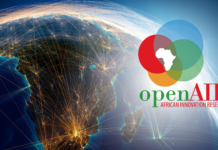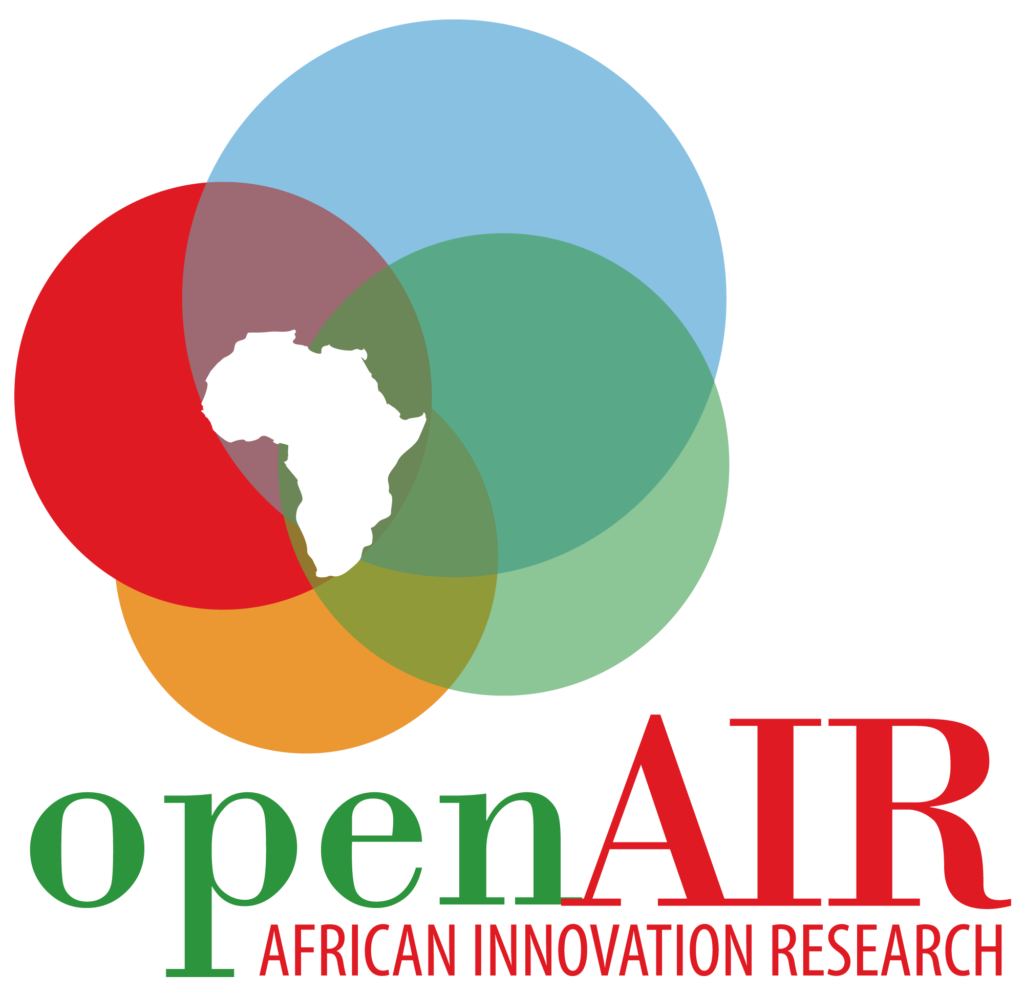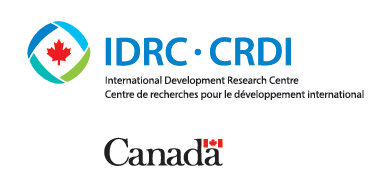Introduction
In 2020, Ethiopia, a country that has faced a refugee crisis primarily because of long-term conflicts, experienced a deadly war that displaced many Ethiopians again. Similarly, deadly clashes erupted in 2023 in Sudan, creating another crisis. These conflicts created crises by displacing people and captured the attention of aid-delivering organizations, calling for humanitarian assistance. Unfortunately, the negative impact on humanitarian aid-delivering services is that many affected locations are inaccessible and cut off from any communication. Humanitarian organizations report serious constraints in accessing the affected regions.
In response to the inaccessibility, humanitarian organizations have resorted to deploying technologically-supported approaches for most of their data collection and decision-making activities. Deployed technologies include Artificial Intelligence (AI) and AI-supported technological tools. These tools help organizations publish data, project the conflict-affected population, and appeal for funding around the globe. However, the approaches of such data collection and projection by these organizations and the transparency of their technologically-supported data governance in general have been remained questionable.
Humanitarian organizations use data as a critical source of information and big data is a powerful decision-making tool for their work.[1] Use of remotely-applied technological tools, including AI technology, in partnership with third-party actors for data collection and analysis allow the organizations access many conflict zones. However, ethical and legitimacy concerns of these approaches, the transparency in data sharing and accountability in big data governance in these scenarios remain unaddressed.[2]
This piece examines the state of AI-driven humanitarian big data governance and the law in Africa, focusing on the power of big data to influence human reasoning capacity and knowledge formation in humanitarian crises.
Defining Humanitarian Big Data and Related Concepts
Although many scholars have defined the terms/concepts such as AI, big data, and humanitarian big data, the following communally used definitions of the key terms are adopted:
- AI is taken to represent the collection of technologies combining data, algorithms, and computing power, though its precise definition is still debatable.
- Big data is “(1) a data set that is too large to be handled by commonly used tools and (2) a set of data in which cultural, technological, and scholarly phenomena rests on the interplay of technology, analysis, and mythology.”[1]
- A Humanitarian crisis is a generalized emergency situation that affects an entire community or group of people and is caused by various factors such as conflict/war, environmental disaster, healthcare emergency, and population displacement.
- Although many define the term in various ways, for the purposes of this piece, humanitarian big data refers to the combination and analysis of a large set of information or data controlled and analyzed by humanitarian organizations and their partners for the purpose of humanitarian services.
A.) The Legitimacy of AI-Driven Humanitarian Data Governance
Legitimacy in data governance means data subjects and other interested groups (such as human rights groups and regulatory bodies) trust and recognize the rules, policies and practices of data collecting and sharing of any data-controlled entities. From a humanitarian perspective, legitimacy plays a critical role in delivering greater humanitarian services because humanitarian organizations collect and share sensitive personal information of refugees, displaced people, and asylum seekers.
In responding to humanitarian crises, the organizations have been criticized for lacking transparency during data collection, analysis and projection of collected data, resulting in politicized and polarized narratives. Legitimacy concerns cover both collection and projection of the collected data. On the use of data, S. W. Omamo, a former employee of World Food Program (WFP), in his book, At the Center of the World in Ethiopia, provides his experiences. Omamo has detailed the frequent pressure that he has faced from his employer and Western donor country representatives to scale up the number of crisis-based affected populations [data], declare the prevalence of “famine” in Ethiopia without evidence contrary to international practices, and appear on media outlets for such polarized data manipulations.[2] In addition, previous studies show a culture of politicizing humanitarian data by international aid organizations and local officials in Ethiopia for years.[3]
The data collection and analysis challenge presents itself in two folds with regard to the methods and parties involved in the process. Firstly, in some instances, humanitarian organizations have had to rely on and utilize technological tools, such as biometrics, satellite imagery, online surveys and mobile phone texting from people who know about the conflict area to collect data and for decision-making.[4] These technologies help the organizations collect various sensitive personal information of subjects, often without informed consent and knowledge, including photographs, family history, health information, financial records, fingerprints, facial features, and eye prints.[5] In most instances, the data subjects often do not know what is going on in their lives and have no capacity to consent. In May 2023, a report by the Inter-Agency Humanitarian Evaluation of the Northern Ethiopia Crisis (IAHE – Northern Ethiopia) confirmed physical data collection limitations, inaccessibility challenges and total communication black-out in Tigray. Although facilitative, such AI-supportive technologies have the capacity to record, trace and monitor refugees’ privacy rights.
Secondly, the present legal gaps in the governance of humanitarian data encourage the involvement of unaccountable private corporations in the name of humanitarian activities. Indeed, the humanitarian organizations have active partnerships with big tech corporations for data collection, systemization, and projection. These corporations are the dominant private data mining tech corporate entities, such as Google, Meta (formerly known as ‘Facebook’), Microsoft, and other data gathering software companies. These corporations are income generating and largely rely on big data to drive their profits. This creates a thin line between the private and humanitarian goals when collecting and analyzing the data. The ethical and legal barriers relating to issues, such as data protection and commercial interests, raise legitimacy concerns in data sharing between the private and the humanitarian sectors.[6] The criticism of data sharing and governing between humanitarian organizations and private corporate entities originates from the purpose of the data for these actors. To the humanitarian organization, data has a public and humanitarian value, whilst, to the private corporations, data is a commercial asset and a source of income.[7]
B.) Regulatory Limitations in Humanitarian Big Data Governance
There is no specific binding legal framework on the use and regulation of AI-based big data governance in humanitarian sectors and on data remedies in case of personal data breaches. This is in addition to the lack of consensus on deploying AI technologies in humanitarian efforts. Opposing positions have recently manifested regarding the use of biometrics technology to collect personal information of refugees across the globe. Nowadays, the criticism over humanitarian data governance and digital-ID application by humanitarian organizations in Africa is growing. The African Union has become the host for concerns in handling challenges posed by technological advancements in the era of big data. However due to the limited regulatory tools, the available innovative regulation approach focuses mostly on commercial or development aspects of data governance.
In the conflict areas giving rise to the need for humanitarian response such as Ethiopia, the humanitarian organizations rarely abide to the domestic regulatory tools on privacy and data protection. This is because such organizations and their workers are subject to international laws and have privileges and immunities in their countries of operation.
In general, given refugees and displaced people are the most vulnerable subjects. They are at great risk of exploitation and manipulation. Therefore, the need to address ethical and legal concerns on humanitarian data governance is a timely agenda, which includes the legitimacy of big data governance by humanitarian organizations.
Conclusion and Recommendations
Although humanitarian organizations have positively impacted the lives of millions of affected populations during crises such as those in Sudan and Ethiopia, their AI-driven approach to data collection and big data formation and partnerships with private technology-based corporations lacks transparency and accountability. Their vague and questionable humanitarian data governance processes in these countries seem to create new truths with a big data narration and magnified approach. Its conceptual understanding of the term ‘new truths’ amounts to the big data knowledge created contrary to Africa’s traditionally protected legal doctrine, communal values, and tradition of knowledge sharing in general.
A key recommendation is to establish a critical big data culture and theory in humanitarian sectors as a timely research agenda. The rationale behind critical big data culture and theory emanates from the need for the democratization of humanitarian data governance and its legitimacy. This will be followed by a participatory and locally driven approach (LDA) for humanitarian data governance and deployment of big data technology in the sector. This would be a new way of big data governance in a humanitarian crisis that addresses the extent of data collection, storage, parties in the data governance, issues around privacy, ethical, and transparency concerns. This would also enhance the role of collaborative data governance among policymakers and humanitarian organizations, and participation of data subjects.
[1] Larissa Fast, “Governing Data: Relationships, Trust & Ethics in Leveraging Data & Technology in Service of Humanitarian Health Delivery,” (2023) 152:2 Journal of the American Academy of Arts & Sciences, 125.
[2] Schmuck S., Zwitter, A., and Oskar J., “Big Data and the humanitarian sector: emerging trends and persistent challenges,” in Ch 2 in Andrej Zwitter and Oskar J., Handbook on the Politics and Governance of Big Data and Artificial Intelligence, (Edward Elgar Publishing: Massachusetts, USA, 2023)42-43.
[3] Danah Boyd & Kate Crawford, “Critical Questions For Big Data: Provocations for a Cultural, Technological and Scholarly Phenomenon,” (20 March 2012) 15:5 Information, Communications & Society 663.
[4] S. W. Omamo, At the Center of the World in Ethiopia, 1st ed., (Rechardson-Omamo Books, 2022)40 – 45.
[5 Daniel Maxwell, Lindsay S. Baker, and Peter Hailey, “The Politics of Information and Analysis in Humanitarian Emergencies: Evidence From Ethiopia,” (April 2020) A Feinstein International Center, https://fic.tufts.edu/wp-content/uploads/PIA-Ethiopia_May-13.pdf
[6] Omamo, supra note 4 at 22 & 40-45.
[7 Leah Waid, “Tracing the Untraceable: New Technologies that Monitor Displaced Persons and the History of Population Control,” (24 May 2021), Harvard International Review, 9 – 11.
[8] Fast, Supra note 2 at 47.
[9] Omamo, supra note 4 at 47.










